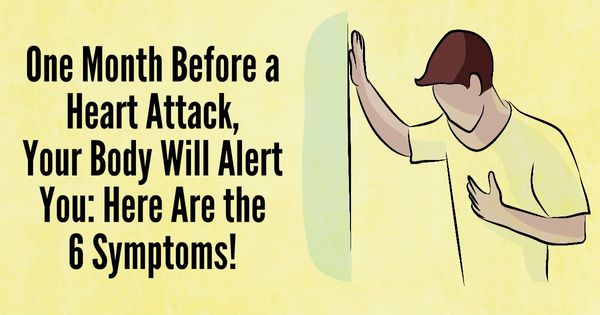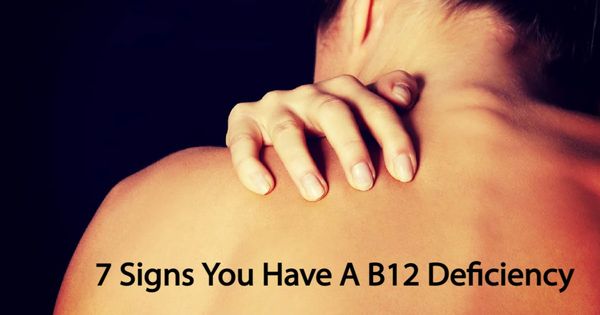
Taking care of your cardiovascular health is crucial, especially as we age. By making simple changes to your lifestyle, such as improving your diet and managing stress levels, you can protect your heart. In addition to this, it’s essential to be aware of the warning signs that your body may give you in the month leading up to a heart attack. Catching these symptoms early and seeking medical attention can make a significant difference in preventing a heart attack.
Symptoms to Look Out For
-
Shortness of breath: Difficulty in breathing can be a sign that your heart is not getting enough oxygen. If you experience any breathing problems, it is important to consult your physician immediately.
-
Cold and flu symptoms: Surprisingly, many people who have had heart attacks report experiencing cold and flu-like symptoms beforehand. If you notice any unusual symptoms, it’s worth checking in with your doctor.
-
Chest pressure: Feeling pressure or tightness in your chest could be an early indicator of a heart attack. Don’t ignore this symptom and consult your physician promptly.
-
Weakness: When your arteries narrow, it restricts proper blood flow to your muscles, which can lead to weakness and fatigue. If you constantly feel tired and weak, it’s essential to speak to your doctor.
-
Cold sweats and dizziness: Poor blood circulation can disrupt the flow of blood to your brain, causing cold sweats and dizziness. If you experience these symptoms, it’s important to address them with your physician.
-
Drowsiness: If you find yourself feeling excessively tired and drowsy, even after getting enough sleep or rest, it could be a sign of reduced blood flow to the heart. It’s crucial to seek medical advice if you experience persistent drowsiness.
Being proactive in preventing heart attacks is key. Taking note of and promptly addressing these symptoms can significantly reduce your chances of experiencing a heart attack. Remember, your heart health is in your hands!
Remember to consult your doctor if you experience any of these symptoms. This article is not medical advice.



